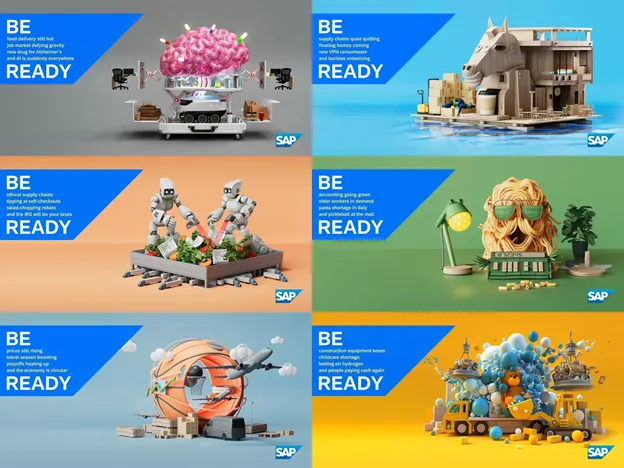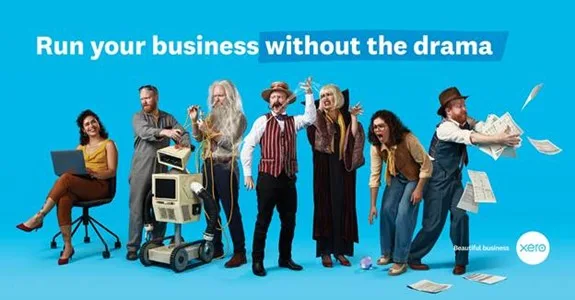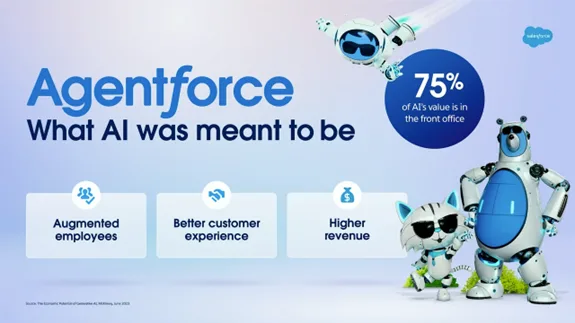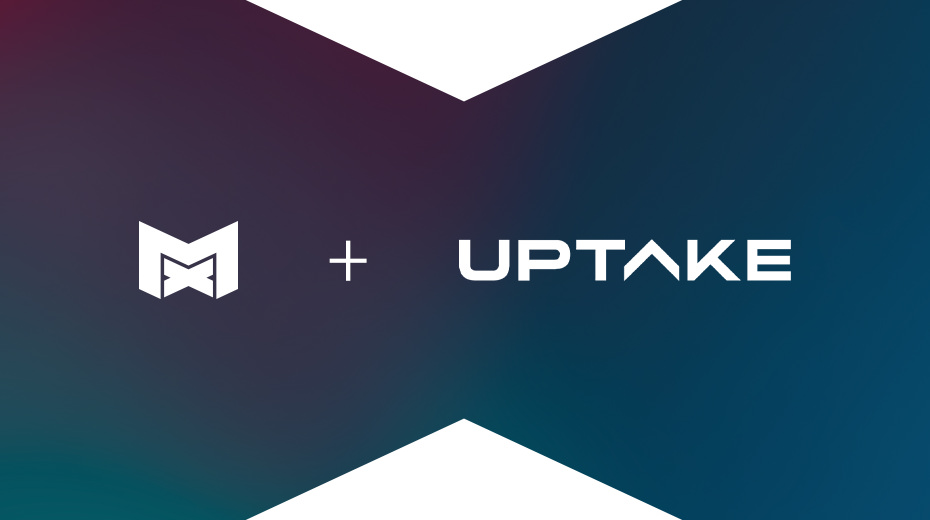How to Make Your B2B Brand Stick

Share this story
You don’t have a brand problem. You have a memory problem.
“The most important search engine is still the one in your mind.”
Most B2B marketers don’t get beaten by competitors. They get beaten by not being remembered when the need hits.
Think about it: nobody buys cybersecurity software for fun. They buy it when something happens: a breach in the news, a failed audit, a new compliance mandate.
These are Category Entry Points (CEPs) as Professor Jenni Romaniuk, of the Ehrenberg-Bass Institute, names them. They are the real-world triggers that make a buying journey begin. And unless your brand is mentally available in those moments, it doesn’t matter how good your product is. You’re not in the room. If the brand doesn’t come to mind when the need arises, it doesn’t exist.
From Awareness to Salience
A lot of marketing briefs focus on Brand Awareness, as in getting the company’s name out there, or recognizing its logo. But that’s not enough. You don’t want people to just recognize your name. You want them to think of you when they need what you sell.
That’s brand salience: being the brand that comes to mind in the moments that matter. Successful B2B marketers aren’t slicing their campaigns by industry verticals, job titles or personas anymore. They’re anchoring their brand to specific, high-frequency buying situations — because it’s far more effective (and a lot more efficient).
Category Entry Points: The Memory Shortcuts That Win
What is a Category Entry Point I hear you ask. It’s a need, a reason, a motivation, a trigger that pushes someone to consider a category or get into a buying state.
In B2C, when we are ‘thirsty on a hot day’ or ‘we need a little pick-me-up’ we think of Coca-Cola; ‘I need a break’ brings to mind Kit Kat; when “you are hangry”, it can only be Snickers, ‘I want to escape’ — Corona.
The same is true in B2B! They’re often more complex but equally powerful: ‘We need to reduce compliance risk,’ we think of ServiceNow; ‘We’re scaling and need to centralize data’ Snowflake; or ‘We need to buy domestic,’ Zekelman Industries.
These brands became successful by associating their brand with need states or the trigger moment that matters.
Stop Over-segmenting. Start Associating.
Personas are tidy. They look good in decks. But they don’t reflect how buying decisions actually happen. They don’t scale across demand moments and they don’t account for buying committees with diverse job titles.
CEPs are more scalable and stickier. They reflect how memory works — not just how org charts are structured. Most buying journeys start with: “We’re wasting time on manual processes.” Or: “We can’t afford to get this wrong again.” So if your brand comes to mind in that moment, you win. Think of CEPs as memory magnets — if your brand sticks to the right one, it gets pulled into the buying conversation.
To grow faster, your brand needs to own 5 to 7 Category Entry Points. If budgets are tight, start small — focus on the most frequent, most important buying situations your brand is best positioned to win. Then build from there. As resources grow, expand your associations to cover more entry points, and refresh the ones you’ve already claimed. That’s how you build broader, fresher memory structures — and stay top of mind when it matters most.
Brand is a Future Demand Engine — If You Build It Right
When you invest in building associations with Category Entry Points, you’re doing something far more valuable than just “raising awareness.” You’re creating future demand.
Because most B2B buyers aren’t in the market right now, but when they are, the brand they remember is the one that shows up in the right context, solving the right need, again and again.
Look at SAP. They once ran functional feature ads, but not anymore! They’re associating themselves with need states or moments like: “We need to scale faster than our systems allow.” “Our supply chain can’t take another hit,”and “AI is moving faster than we are.” These are Category Entry Points — real-world situations that trigger the need for enterprise software — and SAP is associating its brand with readiness for them all.

Look at Xero, the small business accounting software.They show up when your side hustle becomes a real business. They help supercharge that business, or run it without drama. Those are the entry points they own.

Salesforce’s brand platform “What AI Was Meant to Be” is another strong example of a brand aiming to associate themselves with a set of Category Entry Points, especially as AI shifts from hype to application. Few high-frequency CEPs Salesforce is associating itself with under this campaign, specifically answering how AI is meeting their needs of productivity, better customer experience, urgency in financial decision making.

How to Build a CEP-led Brand
First, start by finding the real triggers and need states. Use sales calls, customer interviews, and support tickets to mine for what your customers are looking for and what needs we solve by working with them. Like ‘scaling fast,’, ‘mergers and acquisitions,’ ‘real time data sharing.’
Then, prioritize the right entry points. Not all CEPs are worth chasing. Focus on frequency (how often it happens), relevance (how well it maps to your offer), ownership (how ownable it is for you).
Build consistent brand associations. This takes patience and discipline, because true salience isn’t built through novelty, but repetition. As marketers, we’re often the first to tire of our own messaging. But resist the urge to change course too soon. It’s that very consistency — repeating and reinforcing the same associations — that makes your brand come to mind when a buying need finally appears.
Ensure every touchpoint reinforces the same Category Entry Points your brand is trying to own, paid or organic. Paid media gives you scale — it builds memory by exposing the brand to many people, often. Content gives you depth — it adds context and credibility around the same buying situations. When both are aligned to the same set of need states, you create a coherent brand in the minds of buyers. That consistency is what builds salience.
“The brand that gets remembered is the brand that gets bought.”
I’m not quite sure who was the first that came up with this catchy phrase, but we could not agree more.
Many have made the point that CEPs are important in B2C, and they are, of course. But I would argue that they are even more important in B2B, because you can’t always be there when the decision happens. But your brand can be — in someone’s head, already linked to the trigger that matters. If we can’t be on a physical shelf, like a B2C brand can be, winning with physical availability if not with mental availability, in B2B we need to win the mental shelf.
So don’t just aim for awareness. Aim for salience.
Don’t just show up in search. Show up in memory.
And don’t just chase demand. Create it.



